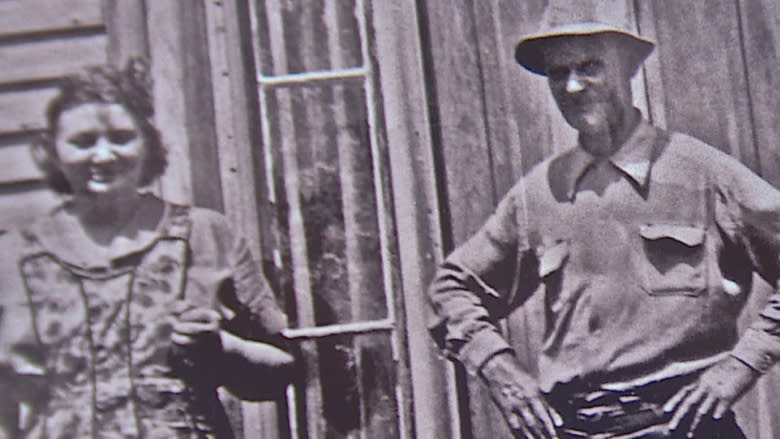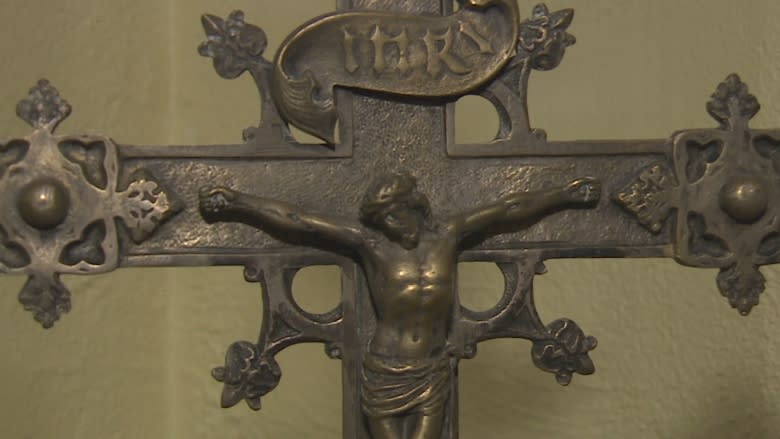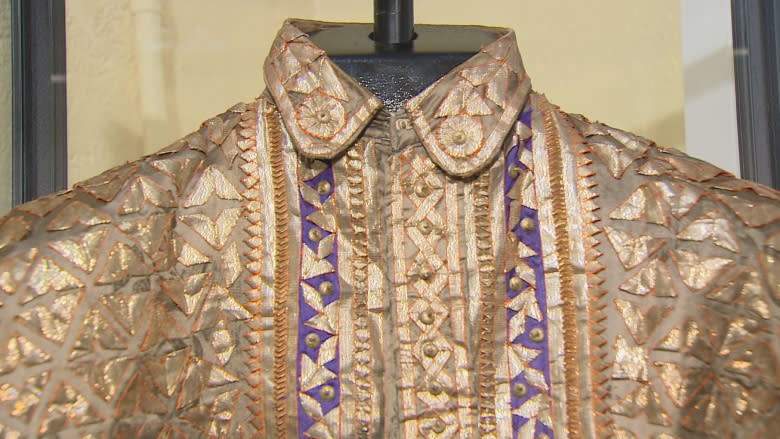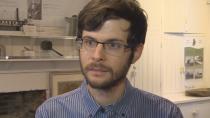Unfamiliar clothes and religions: Museum highlights immigration stories from 1800s to today
When the first Welsh immigrants arrived in the province in the early 1800s, New Brunswickers described them as people who dressed funny, spoke a strange language and followed an unfamiliar kind of Christianity.
That first impression was not so different from the experience of many immigrants arriving here today, says Alan Sheppard, project manager with the Fredericton Region Museum.
The stories and struggles of the province's newcomers over the past 250 years are the subject of a new exhibition, opening at the museum on Sunday.
"What New Brunswick looks like, the makeup of New Brunswick's population, is going to change quite significantly over the next few years," Sheppard said.
"And so it's helpful as we approach that change to think about some of these immigrant stories and challenges that lots of people have faced over time."
Different phases
Sheppard said the exhibit focuses on certain phases of immigration in New Brunswick, including the arrival of Black Loyalists in the latter part of the 18th century, the arrival of Irish, Scottish and Welsh settlers in the early 19th century, and the steady trickle of Danish, Jewish and other, mostly European, immigrants.
The late 20th century, after the introduction of Canada's multicultural policy in 1971, saw a shift to Asian newcomers, Sheppard said.
"That has been slowest to take effect in New Brunswick, compared to, say, Ontario or further out west," said Sheppard.
"But recent studies, censuses and stuff like that show that the majority of immigrants now coming to New Brunswick are from Asian countries, places like Korea, China and India."
Artifacts on display
Sheppard said the exhibition includes objects from different immigration periods, including a crucifix of St. Dunstan's church on Regent Street, the first Catholic Church in Fredericton, build by the Irish in the 1830s.
There are also modern items, such as traditional Indian clothing, and a collection of interviews the museum prepared with recent immigrants and people whose ancestors arrived in New Brunswick long ago.
Sheppard said reading and listening to these stories "can help us better understand some of the challenges that people today are facing."
"We wanted to highlight some of their stories and also some of the struggles they had as they arrived," he said. "They faced some of the same challenges that I think more modern arrivals have faced, too."
The exhibit will be free to the public during the museum's annual open house on Sunday, Aug. 20, between 1 p.m. and 5 p.m.
There will be family activities, crafts, music and guided tours of the archives, as well as people in costumes. Visitors are also invited to share their own, or their ancestors' stories on a wall in the museum, said Sheppard.
"We want as many people to come out and see the exhibition as possible, to hear and see the stories being told, and to add their own stories as well," he said.










